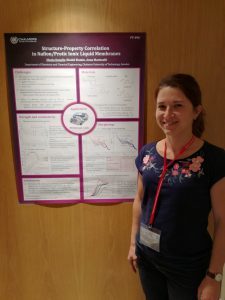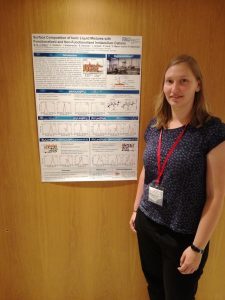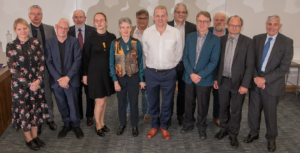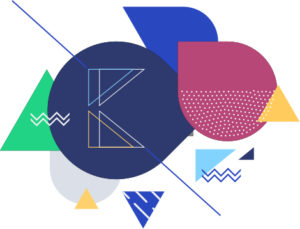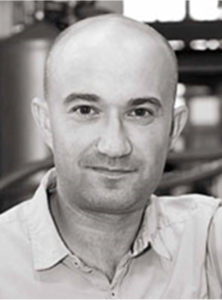We would like to highlight the Outstanding Reviewers for Green Chemistry in 2017, as selected by the editorial team, for their significant contribution to the journal. The reviewers have been chosen based on the number, timeliness and quality of the reports completed over the last 12 months.
We would like to say a big thank you to those individuals listed here as well as to all of the reviewers that have supported the journal. Each Outstanding Reviewer will receive a certificate to give recognition for their significant contribution.
Dr Mark Harmer, SAC Tech
Christoforos Kokotos, University of Athens, ORCID: 0000-0002-4762-7682
Dr Nicholas Leadbeater, University of Connecticut, ORCID: 0000-0003-1823-5417
Professor Yong Rok Lee, Yeungnam University, ORCID: 0000-0002-4048-8341
Dr Yoshinao Nakagawa, Tohoku University, ORCID: 0000-0002-1390-0310
Dr Mika Sipponen, Aalto University, ORCID: 0000-0001-7747-9310
Dr Jinliang Song, Institute of Chemistry Chinese Academy of Sciences, ORCID: 0000-0001-9573-600X
Professor Luigi Vaccaro, Universita degli Studi di Perugia, ORCID: 0000-0003-4168-2303
Dr Jean Jacques Vanden Eynde, MDPI AG, ORCID: 0000-0003-4770-4104
Dr Zhijie Wu, Chinese University of Petroleum
We would also like to thank the Green Chemistry board and the green chemistry community for their continued support of the journal, as authors, reviewers and readers.
If you would like to become a reviewer for our journal, just email us with details of your research interests and an up-to-date CV or résumé. You can find more details in our author and reviewer resource centre
Comments Off on Outstanding Reviewers for Green Chemistry in 2017


